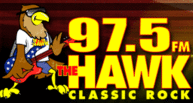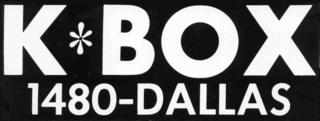
Arbitron releases it's new market ratings and definitions twice a year; each spring and each fall. The biggest shake up I remember in recent years was been the deletion of the Westchester market. Typically market changes involve the addition or deletion of far more tertiary markets. But in the not so distant past Arbitron has changed major markets.
Once Dallas and Ft. Worth were separate market areas. Obviously, this was no small change. Even today their downtown areas are 30 miles apart. Can you imagine the chaos if they merged Baltimore and Washington D.C.? That's only 35 miles. It is equally possible. I examine this change focusing on one particular station was went from the top of its game to an unrated station because of this market change.
KBOX-AM 1480 was the first all country 24-hour radio station in the Dallas Metro. This was historic. Group One Broadcasting of Texas acquired
KBOX from Balaban Broadcasting in 1967 for $2 million dollars.
KPCN-730 AM was the first country station in the area, starting in 1962, but broadcasted during the daytime only.
KBOX quickly became the ratings leader for country music in Dallas. In its first ratings book, they moved from a 10.0 share Q3 1966 to a 12.1 share in Q1 1967!
KBOX-AM enjoyed six years of solid ratings, posting a high of 14.4 in the Q3 1967 book. In 1972
WBAP-AM began giving them stiff competition as a country-formatted 50k watt powerhouse.
KBOX's ratings started to slowly sliding as a result. The Clear Channel owned
WBAP was trying to chip away at their audience and it was working.
In the year 1973, the Arbitron markets for Dallas and Fort Worth were combined into one book, to reflect the merging of the two cities into one metropolitan area.
KBOX, like other smaller stations, was hurt by this redefinition.
KBOX did not even appear in the new ratings book. WBAP-AM became the clear country winner at that point, as KBOX barely reached the Ft. Worth half of the newly defined market.
In 1976 Group One applied for a nighttime power increase from 500 watts to 1,000 watts. The FCC approved it. This gave them a somewhat less marginal signal. It's probably what allowed them to struggle into the 1980's providing a decidedly more local service to the Dallas area. But by 1980 FM radio was growing in dominance and their ability to compete with a music format was waining.
on November 14, 1982 the
KBOX call letters were dropped by Group One.
KBOX-AM became
KMEZ-AM and switched from its country format to a simulcast of the easy listening format of sister station
KMEZ-FM. These days 1480 AM is occupied by
KNIT-AM A Salem Media property running a decidedly more mundane gospel format.
You can hear a 2:00 .WMA of classic
KBOX news from 1958 here:
http://www.michaelspears.com/kbox56k.wmaGreat thanks to Michael Spears Entertainment just for existing.
great
KBOX-AM history here:
http://www.knus99.com/kbox1480pt2.html
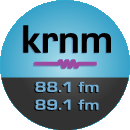 The volunteers arent all that different from what you'd get in Paducah. On Monday nights at 9:00 PM they have a blues program. Tuesday nights the Saipan hisghschool performs radio dramas. Saturday nights they read stories and plays from around the world. They even have a Country music program on saturday nights.
The volunteers arent all that different from what you'd get in Paducah. On Monday nights at 9:00 PM they have a blues program. Tuesday nights the Saipan hisghschool performs radio dramas. Saturday nights they read stories and plays from around the world. They even have a Country music program on saturday nights.

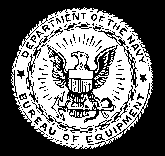


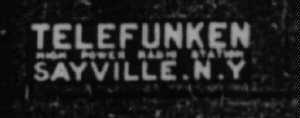


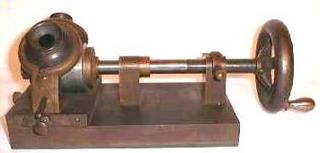


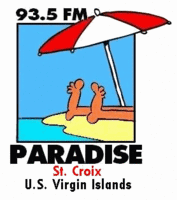 WYAC also known as "Paradise 93.5 fm" features the Caribbean's best music 24 hours a day plus a morning talk program called Free Speech with Roger W. Morgan every weekday at 9:00 AM. It focuses on topics concerning the Virgin Islands and more.
WYAC also known as "Paradise 93.5 fm" features the Caribbean's best music 24 hours a day plus a morning talk program called Free Speech with Roger W. Morgan every weekday at 9:00 AM. It focuses on topics concerning the Virgin Islands and more.

